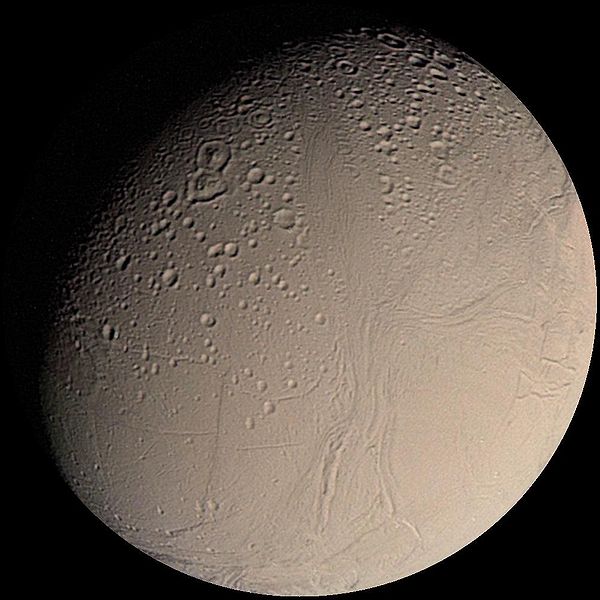
Ver la imagen en su resolución original (1004 × 1004 píxeles; tamaño de archivo: 93 kB; tipo MIME: image/jpeg)
Historial del archivo
Haz clic sobre una fecha y hora para ver el archivo tal como apareció en ese momento.
| Fecha y hora | Miniatura | Dimensiones | Usuario | Comentario | |
|---|---|---|---|---|---|
| actual | 11:20 17 mar 2005 |  | 1004 × 1004 (93 kB) | Bricktop | NASA image |
Usos del archivo
Las siguientes páginas usan este archivo:
Uso global del archivo
Las wikis siguientes utilizan este archivo:
- Uso en af.wikipedia.org
- Uso en ar.wikipedia.org
- Uso en ast.wikipedia.org
- Uso en azb.wikipedia.org
- Uso en ba.wikipedia.org
- Uso en beta.wikiversity.org
- Uso en be.wikipedia.org
- Uso en bg.wikipedia.org
- Uso en ca.wikipedia.org
- Uso en ca.wikinews.org
- Uso en ckb.wikipedia.org
- Uso en co.wikipedia.org
- Uso en cy.wikipedia.org
- Uso en da.wikipedia.org
- Uso en de.wikipedia.org
- Uso en de.wikibooks.org
- Uso en de.wikinews.org
- Uso en de.wiktionary.org
- Uso en el.wikipedia.org
- Uso en en.wikipedia.org
Ver más uso global de este archivo.


